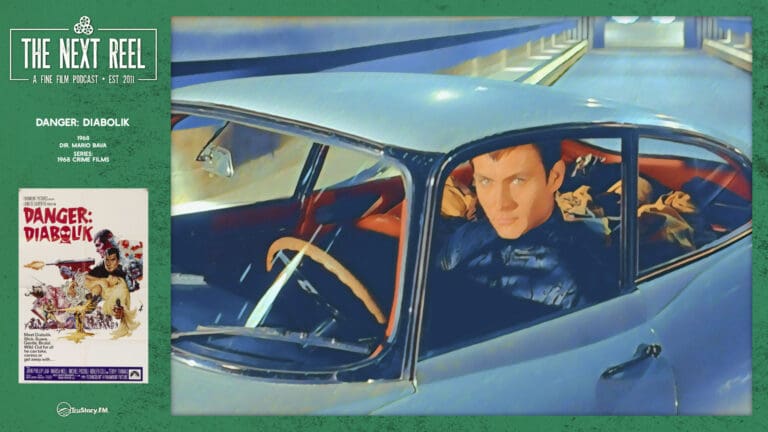
Danger: Diabolik
Would a super-villain really use something called Exhilarating Gas? How well does John Phillip Law work as Diabolik? Is this a film we’d watch again? Tune in to this week’s show to find out our answers to these questions and more!
For all you proper film enthusiasts who would like to peruse the films of TruStory FM’s entertainment podcasts by release decade. Get ready for a firehose of film history in these here stacks.

Would a super-villain really use something called Exhilarating Gas? How well does John Phillip Law work as Diabolik? Is this a film we’d watch again? Tune in to this week’s show to find out our answers to these questions and more!
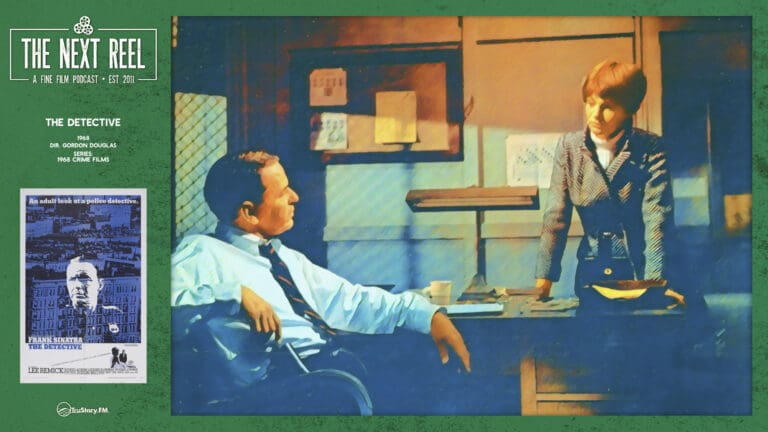
Does Sinatra hold his own as a down-and-dirty NYC detective? Could Lee Remick be any more marvelous? How does the film hold up 50 years later? Tune in to this week’s show to find out these answers and more.
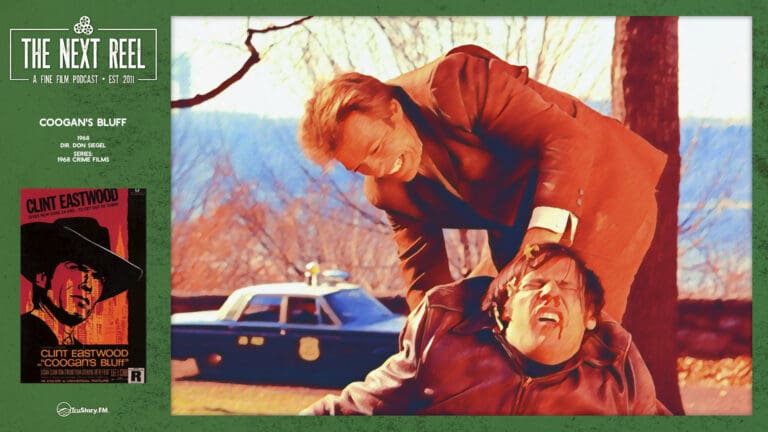
Join us – Pete Wright and Andy Nelson – as we continue our Crime Films from 1968 series with Siegel’s Coogan’s Bluff.
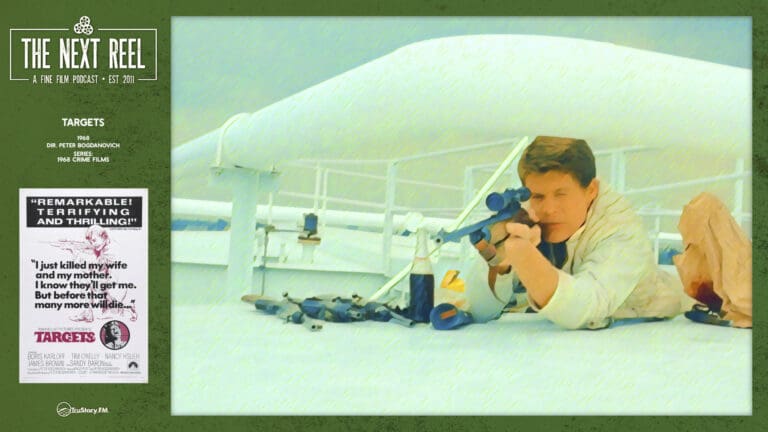
How effective is Peter Bogdanovich’s first try at directing a film? Does Boris Karloff still provide the scares he once did? Is the film still relevant today? Tune in to this week’s show to hear our answers to these questions and more!
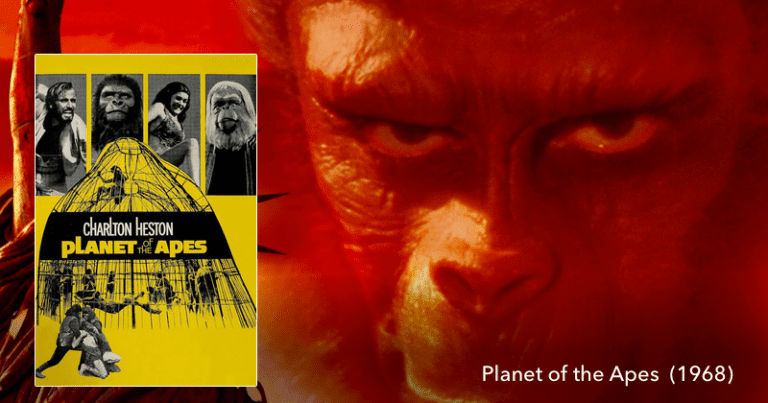
Rod Serling discovered the strength of writing science fiction as a way to disguise commentary on society of the day which led to The Twilight Zone. His contributions to Franklin J. Schaffner’s science fiction film Planet of the Apes allowed him to do the same on a cinematic scale. With political, religious and social commentary, as well as commentary on nuclear war, Serling gave the series a definite point of view and contributed to the film becoming an incredible success. Join us as we kick off our 50th-anniversary celebration of the Planet of the Apes series, starting with Schaffner’s 1968 film Planet of the Apes.
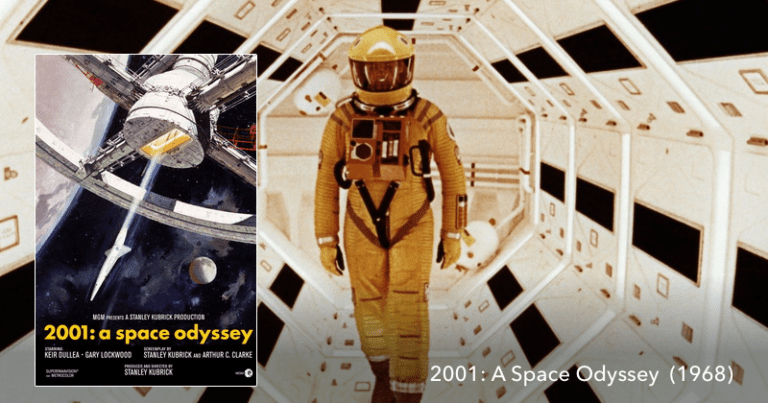
Is 2001 really one of the greatest films ever made or could Kubrick have used a better editor? Does the monolith really represent the movie screen? Is HAL one of the cinema’s great villains? Tune in this week to get these answers and more!
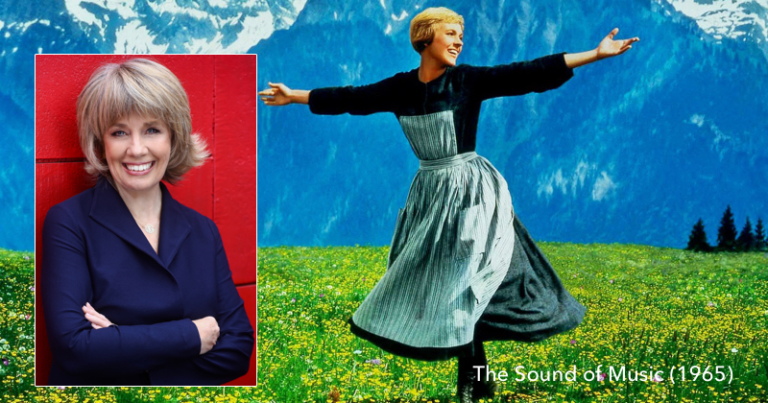
Movies We Like is an ongoing series of ours in which we invite an industry guest to join us and bring along one of their favorite movies to talk about. In this month’s episode, producer Catherine Hand joins us to talk about one of her favorite films, Robert Wise’s 1965 film The Sound of Music.
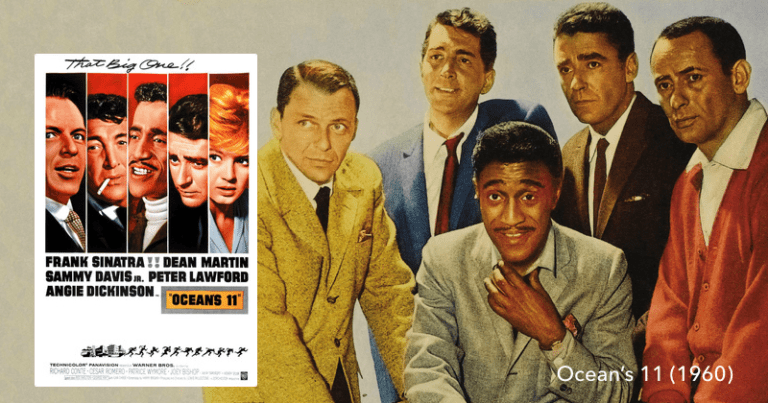
Join us – Pete Wright and Andy Nelson – as we kick off our Ocean’s series with Lewis Milestone’s original 1960 Rat Pack film, Ocean’s 11.
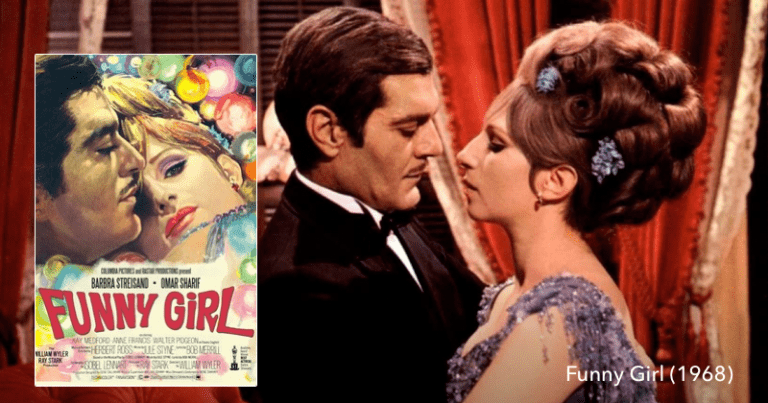
Join us – Pete Wright and Andy Nelson – as we conclude our Musicals From the 60s series with Wyler’s 1968 film Funny Girl.
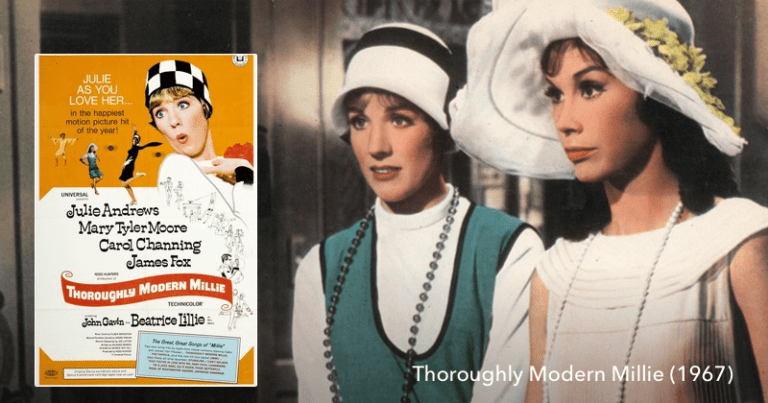
Join us – Pete Wright and Andy Nelson – as we continue our Musicals From the 60s series with Hill’s 1967 film Thoroughly Modern Millie.